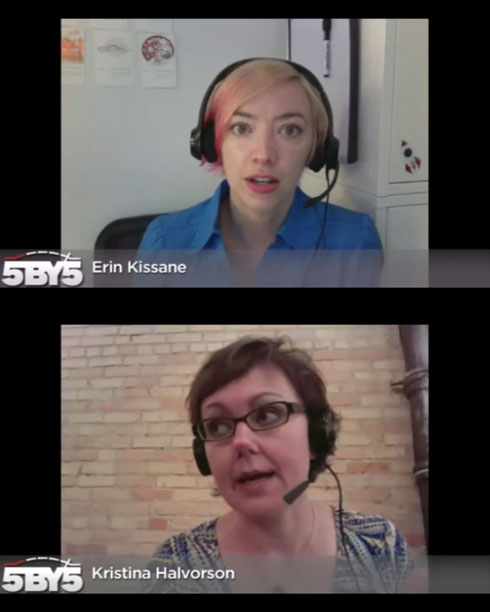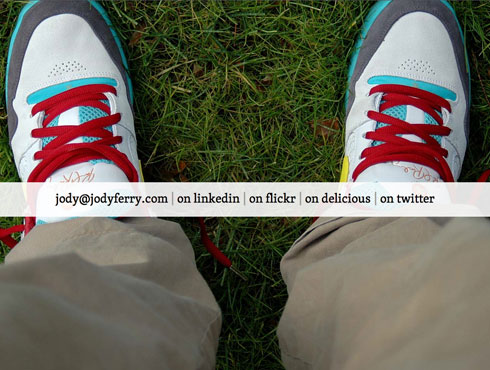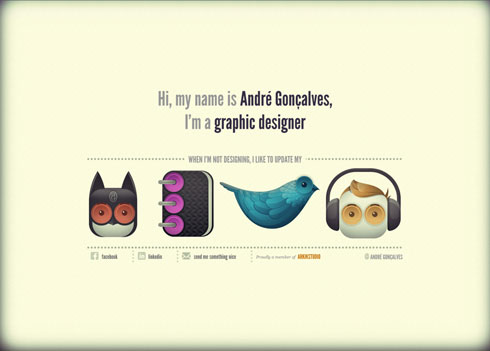It’s been a month for milestones.
On May 31, my site turned 13 years old.
On June 7, making the previous milestone and all others possible, I had 15 years without a drink or drug.
On Saturday June 28, Carrie and I celebrated five years of marriage by hiring a babysitter, eating a meal, and bumming around the east village.
Between these landmarks came a flight to Pittsburgh and back-to-back train trips from New York to Washington DC, and Boston.
In the last-named burg we put on a two-day design conference for people who make websites.
At home during this same period, our daughter outgrew last month’s clothes, began swimming, got a big-girl bed, attended and graduated summer camp, stopped being even slightly afraid of school, hung out with her grandma, and advanced so much intellectually and emotionally that it would qualify as science fiction if it weren’t the lived experience of ’most everyone who has kids.
Between all that came the usual tumult of client meetings, client projects, and potential new business, giddily intermingled with the publication of two A List Apart issues. Make that three issues as of tomorrow.
Been busy.
If I had to pick an image to symbolize the month, it would be me on a rerouted slow Amtrak train from Boston to New York, using an iPhone and one finger to peck out a strategic response to an 80 page RFP.
That would have been the image, but now there’s a new one. For now there’s today.
On the calendar it is Happy Cog New York’s moving day. Today I pack up what for 18 years was either my apartment or Happy Cog’s New York City headquarters (and was most often both).
I hit bottom in this place. Ended a short-lived, tragically wrong first marriage. Rebuilt my life one cell at a time. Found self. Found love. Became a web designer. Found the love of my life. Married well, had a magical child. Wrote two books. Made money and lost it a couple of times over. Founded a magazine. Co-founded a movement. Worked for others. Freelanced. Founded an agency. Grew it.
It all happened here.
This gently declining space that has been nothing but an office since December and will soon be nothing at all to me, this place I will empty and vacate in the next few hours, has seen everything from drug withdrawal to the first stirrings of childbirth. Happiness, anguish, farting and honeymoons. Everything. Everything but death.
Even after our family moved, the place was never empty. The heiress to an American fine art legacy came here, to this dump, to talk about a potential project. Two gentlemen who make an extraordinary food product came here many times to discuss how their website redesign was going.
When I wasn’t meeting someone for lunch, I went downstairs to this wonderful little place to take away a small soup and a sandwich, which I ate at my desk while reading nytimes.com. Helming the take-away lunch place are three Indian women who are just the sweetest, nicest people ever. The new studio is just far enough away that I will rarely see these ladies any more. I will miss them.
I will miss Josef, the super here, with his big black brush mustache and gruff, gently-East-European-accented voice. He will miss me, too. He just told me so, while we were arranging for the freight elevator. We were kind to him after his heart attack and he has been kind to us since he arrived—the last in a long series of supers caught between an aging building and a rental agent that prefers not to invest in keeping the place up. The doormen and porters, here, too, some of whom I’ve known for nearly twenty years, my God. Can’t think about that.
I will miss being able to hit the gym whenever I feel like it and shower right in my workplace.
And that is all.
This is the death of something but it is the birth of something more. We take everything with us, all our experiences (until age robs us of them one by one, and even then, they are somewhere—during the worst of my mother’s Alzheimer’s, she reacted, however subtly, to Sinatra). We take everything with us. The stink and glory of this place will stay on me even when we are set up in our slick new space. It will be with me long after the landlord’s collection letters have stopped. This place, what happened here, will live until my head cracks like a coconut, and then some.
And now I pre-pack. Adieu, adieu.
[tags]happycog, moves, moving, newyork, NYC, design, webdesign, alistapart, wedding, anniversary, zeldman, zeldman.com, 5years, 13years, 15years[/tags]








